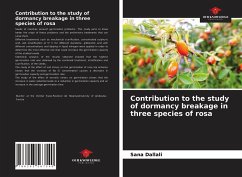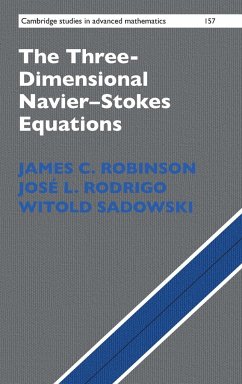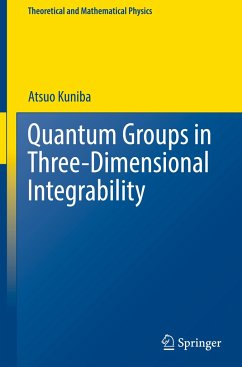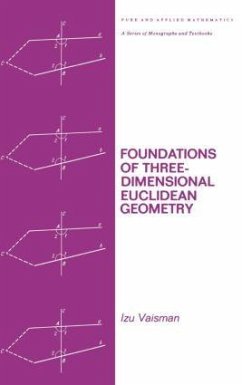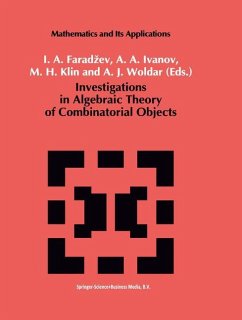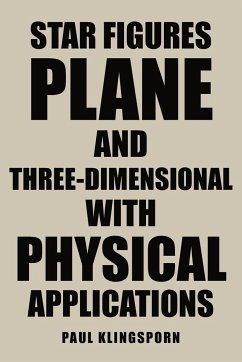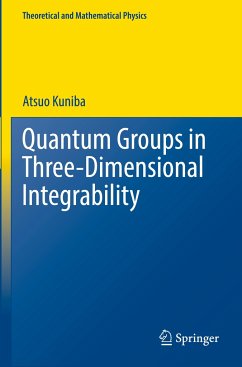
Compression of digital holograms of three-dimensional objects
using nonuniform iterative and non-iterative techniques
Versandkostenfrei!
Versandfertig in 6-10 Tagen
52,99 €
inkl. MwSt.

PAYBACK Punkte
26 °P sammeln!
The white-noise appearance of digital holograms has led researchers to exclusively employ uniform quantisation as a quantisation compression technique. During my research, I designed novel, and adapted conventional, iterative and non-iterative lossy nonuniform quantisation techniques, and completed the compression process by subsequently applying lossless coding. To quantify performance I combined an RMS metric computed in reconstruction space and compression ratio computed in digital hologram space. I show how iterative techniques (k-means, Kohonen competitive neural network, Kohonen self-org...
The white-noise appearance of digital holograms has led researchers to exclusively employ uniform quantisation as a quantisation compression technique. During my research, I designed novel, and adapted conventional, iterative and non-iterative lossy nonuniform quantisation techniques, and completed the compression process by subsequently applying lossless coding. To quantify performance I combined an RMS metric computed in reconstruction space and compression ratio computed in digital hologram space. I show how iterative techniques (k-means, Kohonen competitive neural network, Kohonen self-organising map, and annealed Hopfield neural network) successfully exploit correlations between real and imaginary components of the digital holograms. Non-iterative techniques (companding, histogram quantisation, optimal quantisation, and wavelets) combine a uniform quantisation grid with nonuniform transformations of the grid and hologram data to trade reconstruction quality for speed. Finally, recognising the importance of security in data transmission, the resilience of encrypted digital holograms to quantisation is evaluated.




